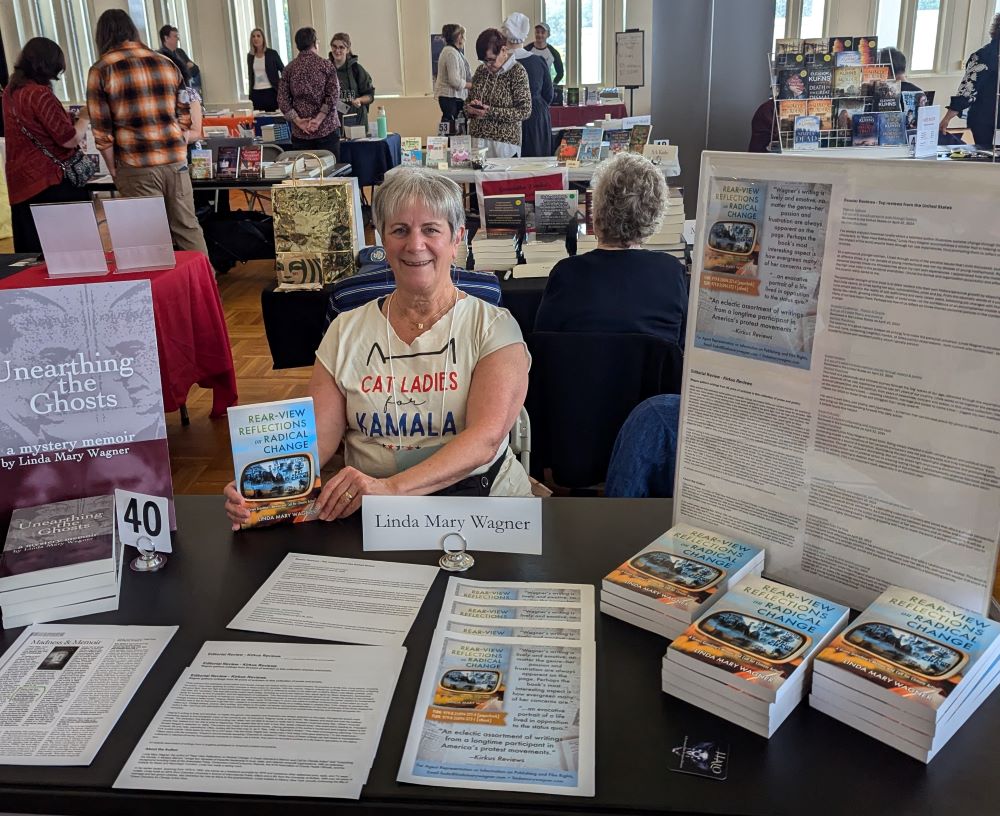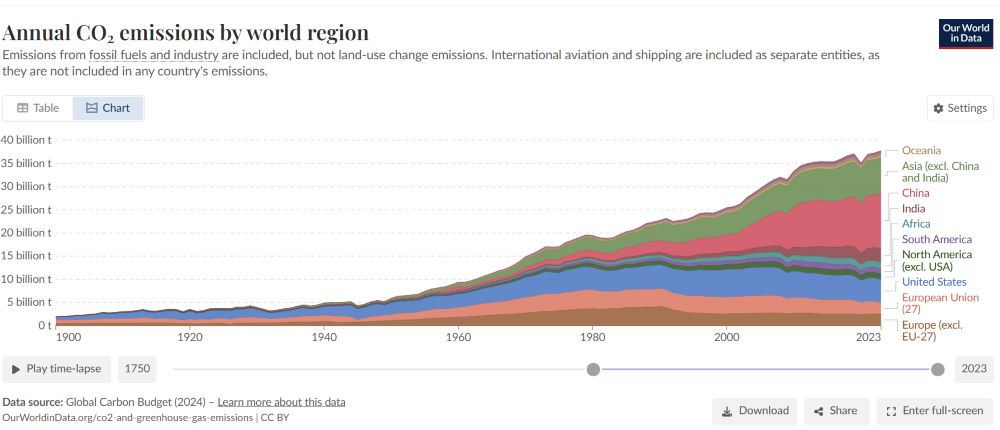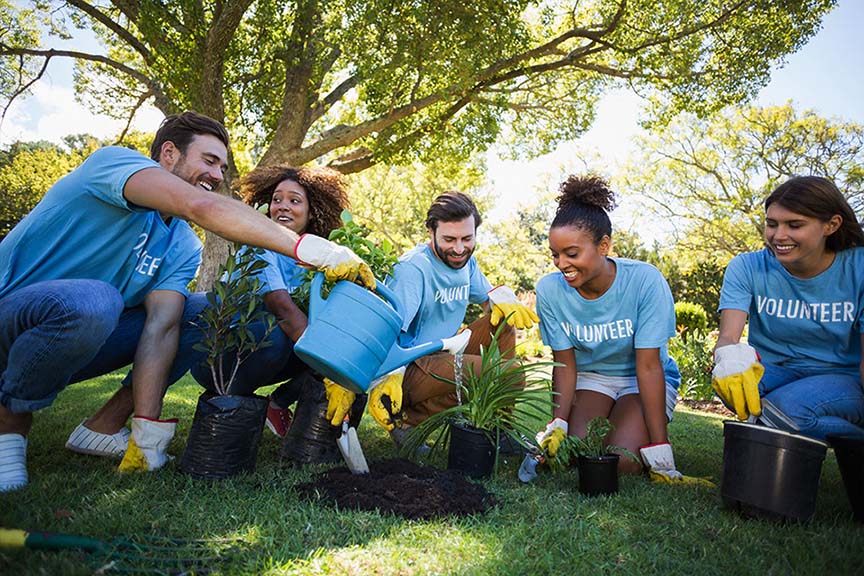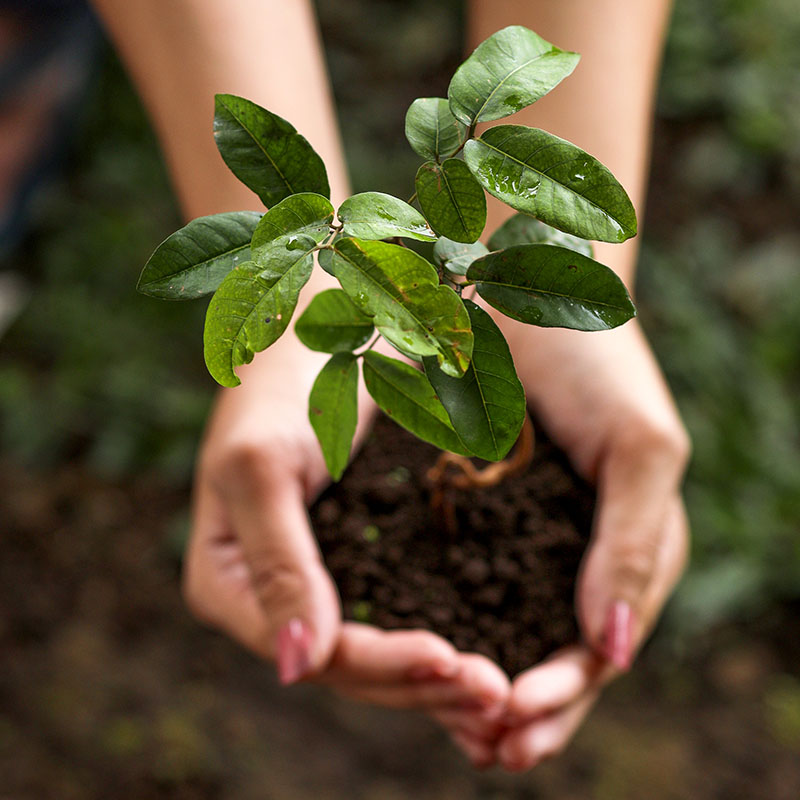Since the Industrial Revolution, the earth has lost about half its plant and animal species. The current rate of species extinction is at a historic high and accelerating. In 2015, in Europe alone, 36 animal and plant species became extinct, including types of salmon, snail, freshwater fish, cattle, rabbit and plants that produce human food. A 2019 United Nations report warned that one million more species out of an estimated eight million globally are threatened with extinction.
Moreover, among surviving species of animal life, our planet has experienced a 68% decline in the population size of mammals, birds, fish, reptiles, and amphibians.
Why Do We Lose Biodiversity?
The rich variety of plant and animal wildlife is being reduced by several forces:
- The loss of natural habitat where wildlife can thrive.
- The spread of non-native, invasive species.
- Over-exploitation by humans, such as harvesting more natural resources than is sustainable.
- Pollution of air, soil, and water.
- Climate change, which produces air and water temperatures too warm for many life forms and leads to wildfires, flooding, and more intense weather that disrupts ecosystems.
Natural Ecosystems Store Carbon
The loss of species and decline in plant and animal populations fosters a downward spiral toward climate crises and ecosystem destruction. Natural ecosystems offer stable homes for living creatures and store vast amounts of carbon. Their disruption accelerates the rate of climate change.
“The most logical and cost-effective way to curb green house gas emissions and remove gases from the atmosphere is by storing carbon in natural ecosystems.”
– Greg Asner, Director, Center for Global Discovery & Conservation Science,
Professor, Arizona State University
Projects to Boost Biodiversity
The wisdom in Greg Asner’s quote above is guiding a range of projects, small and large.
- Asner, conservation geologist Eric Dinerstein, and 17 colleagues have created “A Global Deal for Nature…a roadmap for averting a sixth mass extinction and reducing climate change.” This study identifies about one thousand specific and unique eco-regions that store carbon plentifully through the complementary connectivity of their species and ecosystems. It urges their preservation as a global priority. “Forests, grasslands, peatlands, mangroves…pull the most carbon from the air per acre,” Asner says. “Protecting and expanding their range is far more scalable and far less expensive than engineering the climate to slow the pace of warming.” The plan would cost about $100 billion per year and require technology and human collaboration to monitor progress, but the costs of not investing in this “Global Deal for Nature” are likely to be far higher, in loss of life as well as financial stability.
- A farmer in northwest British Columbia, Adrienne Dickson has helped organize a community network to restore the Upper Bulkley River ecosystem, where farms and fishing have faced destruction from flooding. With support from Canada’s Ministry of Agriculture, Dickson has identified and unified local collaborators with the shared goal of protecting the spawning grounds for salmon populations that had fallen into decline. An Indigenous Watershed Initiative has been funded to rebuild and stabilize riverbanks, protect against flood-related erosion, and provide cooling shade to the flowing waters. In addition, it provides jobs through a local forestry business that employs impoverished indigenous youth, giving hope to a region that had been facing an uncertain future for both its natural ecosystem and human community.
- In the outskirts of Paris, young volunteers are creating new pocket forests in suburban and urban areas devoid of trees and other plant life, using a planting method developed by Japanese botanist Akira Miyawaki. Their goal is to make the urbanized region more habitable in the increasing heat caused by climate change.
- In New York State, the legislature passed, and Governor Hochul signed a bill to conserve at least 30% of the state’s land and water by 2030, part of a national effort to promote biodiversity and preserve wildlife, forests, and clean water. Meme Hanley from The Land Trust Alliance lauded the new law, saying it “will provide more equitable access to the outdoors, support local food production, offer flood risk reduction, lower summer temperatures particularly in urban areas, and address the biodiversity crisis.”
Sources: The Conversation, April 19, 2019; The Narwhal, October 18, 2022; France 24, January 22, 2023; Press Office, New York Governor Kathy Hochul, December 23, 2022.










